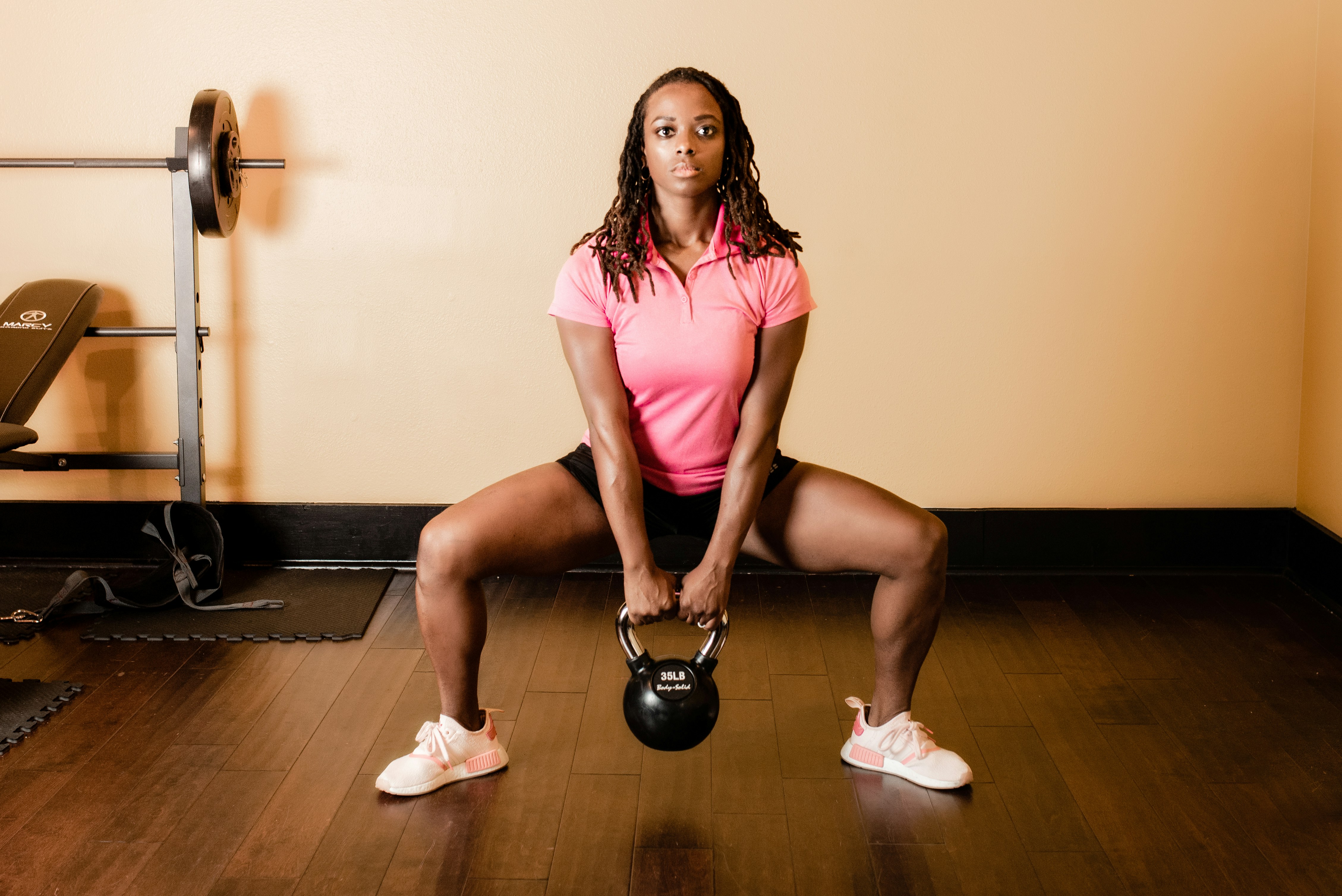Sensory Fitness: A Revolutionary Approach to Wellness
In the vast landscape of beauty and fitness, one approach is rapidly rising to prominence: sensory fitness. This is not a fleeting trend, but a profound shift in how we understand and engage with our bodies. This innovative form of fitness focuses on enhancing the five senses – sight, sound, smell, taste, and touch – to drastically improve physical and mental wellbeing.

The Genesis of Sensory Fitness
The concept of sensory fitness may seem novel, but its roots can be traced back to ancient practices. Eastern cultures have long recognized the intertwined nature of body and mind, and the role the senses play in this relationship. However, it’s only recently that Western science has begun to catch up, exploring how sensory stimulation can impact our physical health and emotional wellbeing.
In the 21st century, the wellness industry has started to recognize the potential of sensory fitness. The trend began with sensory-deprivation tanks and quickly expanded to include immersive experiences like virtual reality workouts. Today, sensory fitness is a rapidly growing field, with new methods and practices emerging regularly.
Current Industry Trends and Insights
As the interest in sensory fitness grows, so does the range of available options. This section will examine the most exciting current trends, guided by expert analysis.
Visual Fitness: This involves exercises that train the eyes and improve visual perception. These exercises are not just about sight, but also about perception and reaction to visual cues.
Audio Workouts: Sound can dramatically affect our mood and energy levels. Audio workouts leverage this by incorporating specific music or sounds to enhance the exercise experience.
Tactile Training: This emphasizes the sense of touch, using different textures and surfaces to stimulate the skin during workouts.
Olfactory Workouts: These involve using specific scents to enhance mood and performance during exercise.
Taste-centered Wellness: This explores how different tastes can affect our body’s responses and improve our overall fitness.
The Impact of Sensory Fitness Products
Sensory fitness has inspired a wave of innovative products. For instance, companies are developing smart eyewear that trains the visual system, or high-tech tactile mats that enhance balance and coordination. Essential oils and flavored waters are marketed for their mood-enhancing and performance-boosting properties.
These products have not just created a new market within the fitness industry, but they are also shifting the industry’s focus. Manufacturers are starting to recognize the value in creating holistic experiences that engage all the senses, rather than just focusing on physical outcomes.
The Benefits of Sensory Fitness
The potential benefits of sensory fitness are immense. Research indicates that sensory stimulation can improve mental acuity, emotional wellbeing, and physical performance. By engaging all our senses, we can achieve a level of fitness that encompasses not just our bodies, but our minds as well.
A sensory fitness routine can help to reduce stress, improve focus, boost mood, and increase overall energy levels. It’s a holistic approach to wellness that recognizes the interconnectedness of our physical and mental health.
The Future of Sensory Fitness
The future of sensory fitness is promising, with new research and technologies continually expanding its potential. As we learn more about the profound impact our senses have on our health and wellbeing, we can expect sensory fitness to become an integral part of our approach to wellness.
In conclusion, sensory fitness represents a significant development in the beauty and fitness industry. By integrating our senses into our fitness routines, we can achieve a level of wellness that extends far beyond physical health. It’s an exciting field with much to offer, and its potential is only just beginning to be realized.





